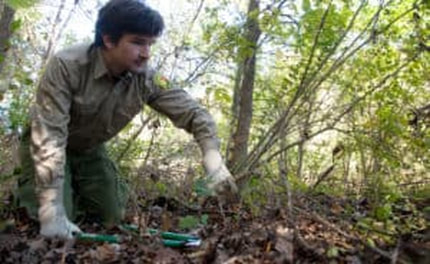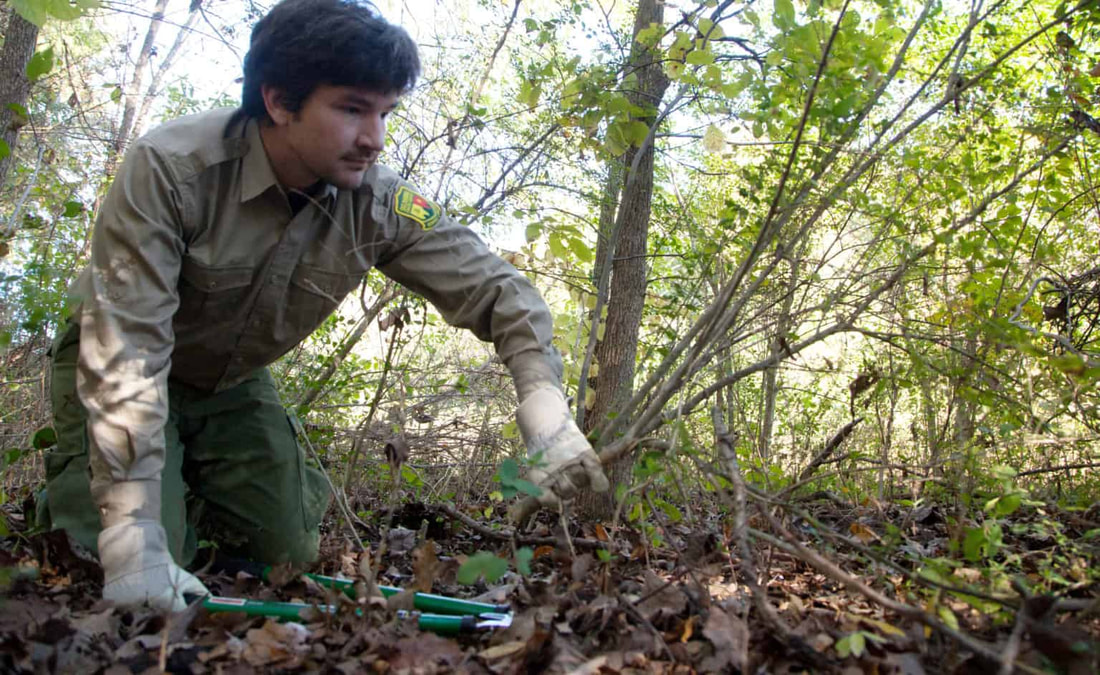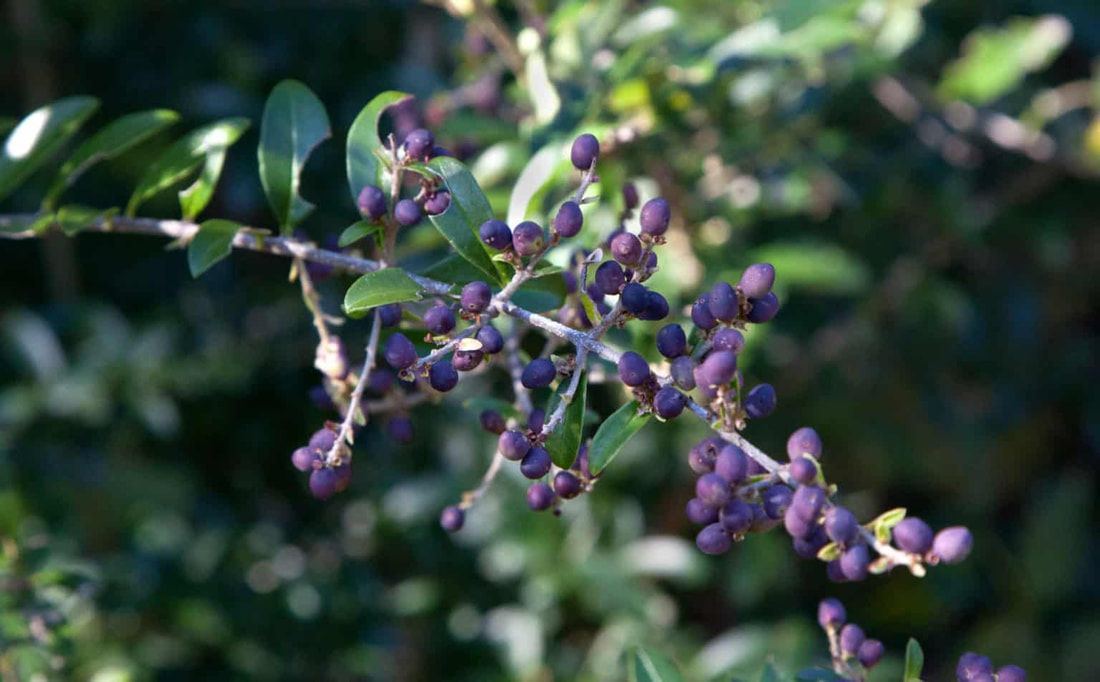Turkey Mountain project improves habitat, provides a demonstration area for viewBY KELLY BOSTIAN For the CCOF Fire can be good medicine for a forest, even one that is on the outskirts of a city. Controlled burns on are tap for Turkey Mountain Urban Wilderness Area in coming weeks, thanks to a U.S. Forest Service grant to target invasive species. The goal is to improve forest health and create an example for landowners. Fires should cut back invasive species and thin the ground cover so desired native shrubs and forbs can grow. Fires now also lessen the chance for wildfires later and create a healthier stand of timber overall. Privet is the greatest problem, said Marci Hawkins, education and conservation director for the Tulsa Urban Wilderness Coalition. The often dense shrub that grows as high as 12 feet tall is a problem on properties across the state. Transplanted in North America as a garden ornamental, the Chinese native spreads out of control in short order. It sends root-like “runners” near the ground surface, and birds spread the seeds by eating the berries. Volunteers wielding loppers, handsaws, chainsaws, and their gloved hands have cut and yanked privet of all sizes since August. Fire will burn those cuttings and should reduce the amount of privet that returns, Hawkins said. Controlled burns for forest management are a first for the area, which saw wildfires a few years ago, she said. “We have a lot of improvements underway and I just know this is going to be very exciting and make a big difference,” she said. Burning one piece at a time Roughly 400 to 450 acres of the 600-acre park managed by the Tulsa River Parks Authority could see regular prescribed burns. However, plots of only 5 to 10 acres are set for burns in coming weeks, said Parks Authority planner Ryan Howell.
personnel will carry out the burn. The weather has to meet several conditions for both an appropriate burn and to meet standards for smoke control set by the Tulsa Health Department, Howell said.
“We’ll be shutting down the whole mountain,” he said. Mountain regulars will see immediate changes because the first areas slated for burning are just north of the lower parking lot, said Dieter Rudolph, a forest health specialist with Oklahoma Forestry Services. “That is a high visibility area and we really want people to see this as a demonstration area,” he said. Privet a challenging adversary The invasive shrub is a challenge to burn, he said. That’s why so much has been cut, pulled, and some hit with herbicide in advance, he said. “Privet makes burning hard because the way it works is it stops everything from growing, so there’s not a lot of fuel under it. And it creates such a closed environment it holds a lot of moisture,” he said. “A lot of the fuel will come from what has been cut.” The fire should kill some mature trees and take out thick stands of saplings—especially winged elm, he said. “Some of the larger trees will die and that’s a good thing because the forest is overstocked right now,” he said. “There are too many trees in the area all competing for the water, nutrients, and the sunlight.” Fire is a natural selector that will kill out the weakest trees, he said. “We use that to our advantage,” he said. “We might look at two trees that look the same to us from the outside, but the fire will most likely kill the tree that is less healthy.” Watch for updates on the projects at the Tulsa River Parks Authority website or the Turkey Mountain Urban Wilderness Facebook page. Kelly Bostian is an independent journalist writing for The Conservation Coalition of Oklahoma Foundation, a 501c3 non-profit dedicated to education and outreach on conservation issues facing Oklahomans. To learn more about what we do and to support Kelly’s work, see the About the CCOF page.
0 Comments
Leave a Reply. |
Archives
May 2024
Categories
All
|
Conservation Coalition of Oklahoma
P.O. Box 2751
Oklahoma City, OK 73101
[email protected]





